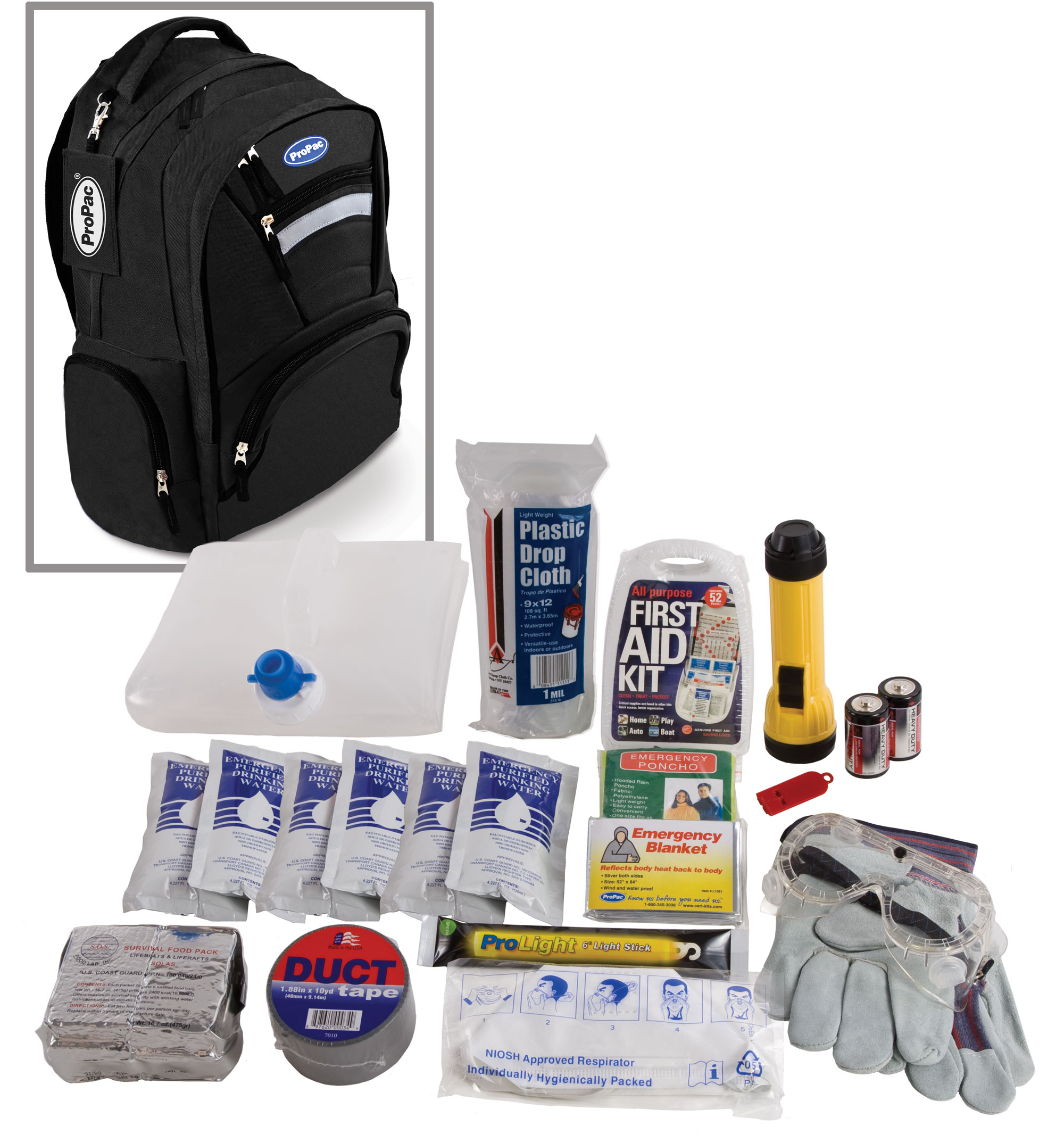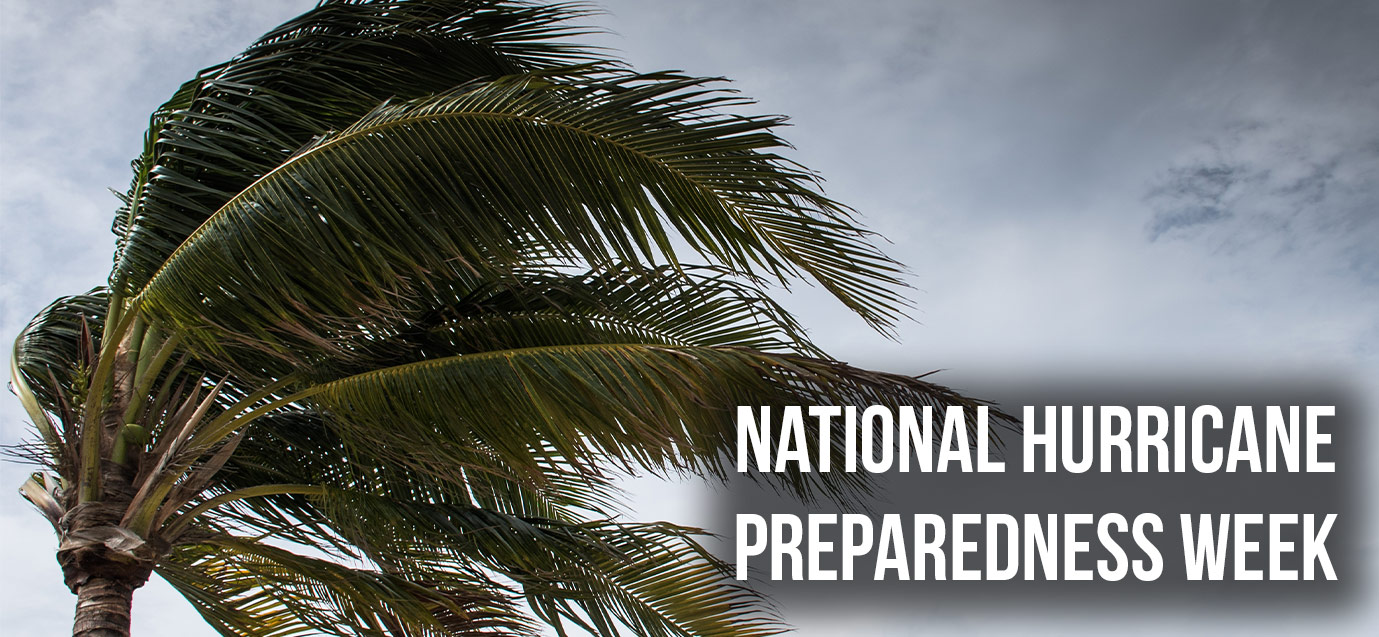
National Oceanic and Atmospheric Administration: National Hurricane Preparedness Week
Wednesday May 3, 2023
NOAA National Hurricane Preparedness Week
The week of April 30th-May 6th is NOAA National Hurricane Preparedness Week. With hurricane season starting soon, preparing for these disastrous storms is more important than ever. This year, hurricane season starts on June 1st and ends on November 30th.
To understand the risk of hurricanes, it’s important to learn where they come from. Hurricanes typically start as tropical storms, forming over bodies of water like the ocean. The combination of warm and moist air brings the storms to life.
With 79 degrees being the conducive temperature for hurricanes to form, the question rises if more hurricanes are likely to occur as water temperatures increase.
When preparing for a hurricane, keep in mind the term "eye." This is the center of the hurricane and although it is the calmest portion of the storm, there is imminent risk directly outside of that area.
Water and wind are the main risks from these storms. The torrential rains result in flooding, and the harsh winds lead to widespread structural destruction.
If you live in a region susceptible to hurricanes and tropical storms, gathering emergency supplies is a great first step in the preparation process.
Things to keep in your emergency kits include flashlights, batteries, non-perishable foods, drinking water, a first aid kit, an emergency blanket, gloves, face masks, a whistle, duct tape, and any personal items you may need, like extra medicine and financial records.
There are two very important terms to know that can easily be confused: hurricane watch and hurricane warning. A hurricane watch means there are conditions that make a hurricane possible in a given area. A hurricane warning means conditions for a hurricane will occur in a specific area.
Once an announcement for a hurricane watch is made, solidify your family’s plan for the storm. If your government officials call for evacuation, it is best to follow this direction to ensure your and your family’s safety.
Stay tuned to your local weather channels for announcements and know your zones for your evacuation plan.
After a hurricane warning is announced and officials direct citizens to evacuate, you and your family should be ready to leave the area at risk. Once evacuated safely, continue to keep track of updates regarding the storm.
When the storm passes and local officials determine the area is safe to return home, be prepared for flooding, debris, and displaced wildlife.
As winds and rain sweep through an area, they create more risks. For instance, although the storm has passed, threats within the flooded waters can cause safety issues. Just the same, heavy winds can destroy the stability of buildings, leading to potential risks.
It’s important to prepare before the storm in order to decrease potential stress during the storm. By being as prepared as possible, you can lower the potential risks to you and your family.
ProPac Kits Helpful During Hurricanes:
Clean-Up Kit
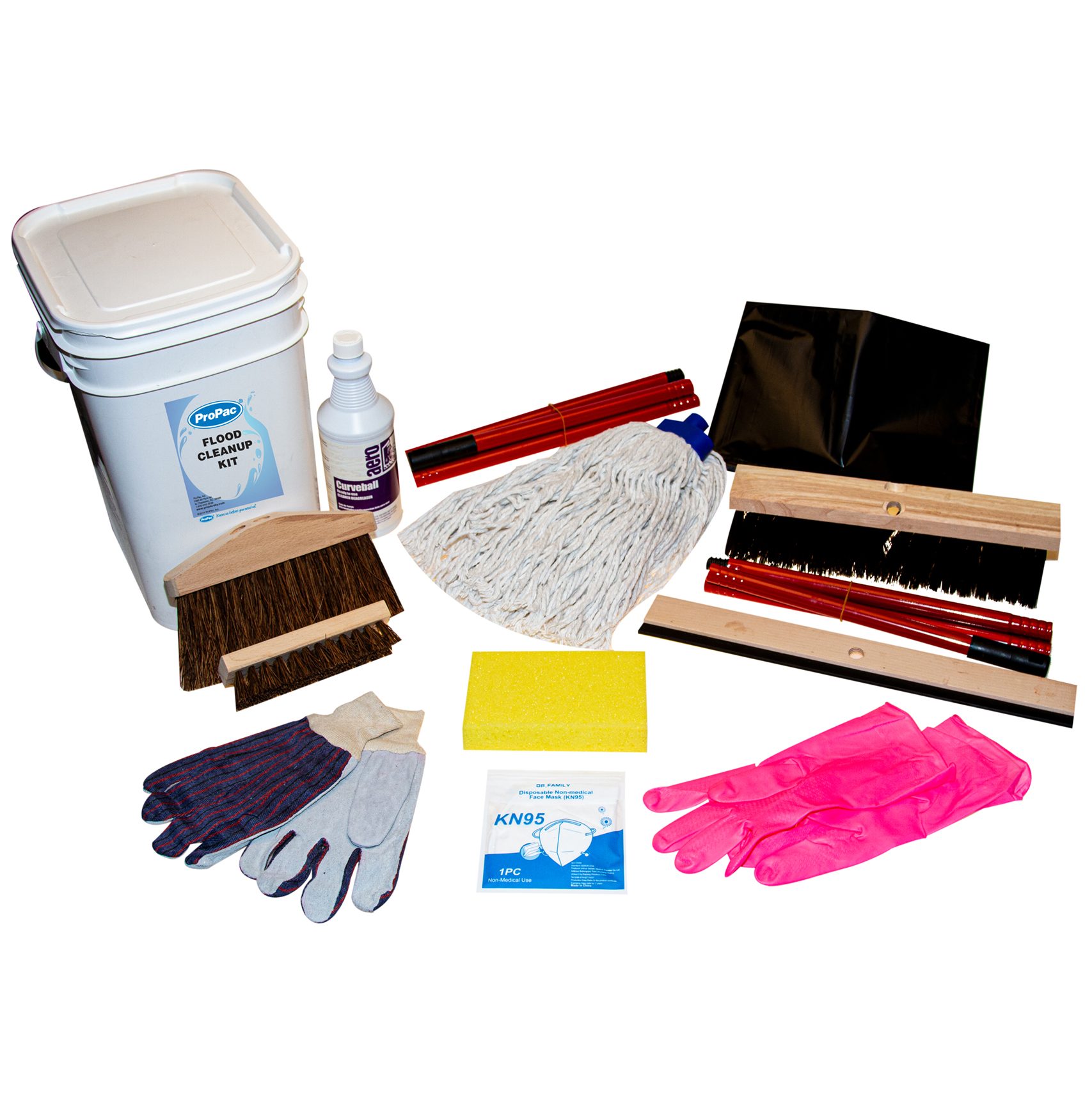
Disaster Kit
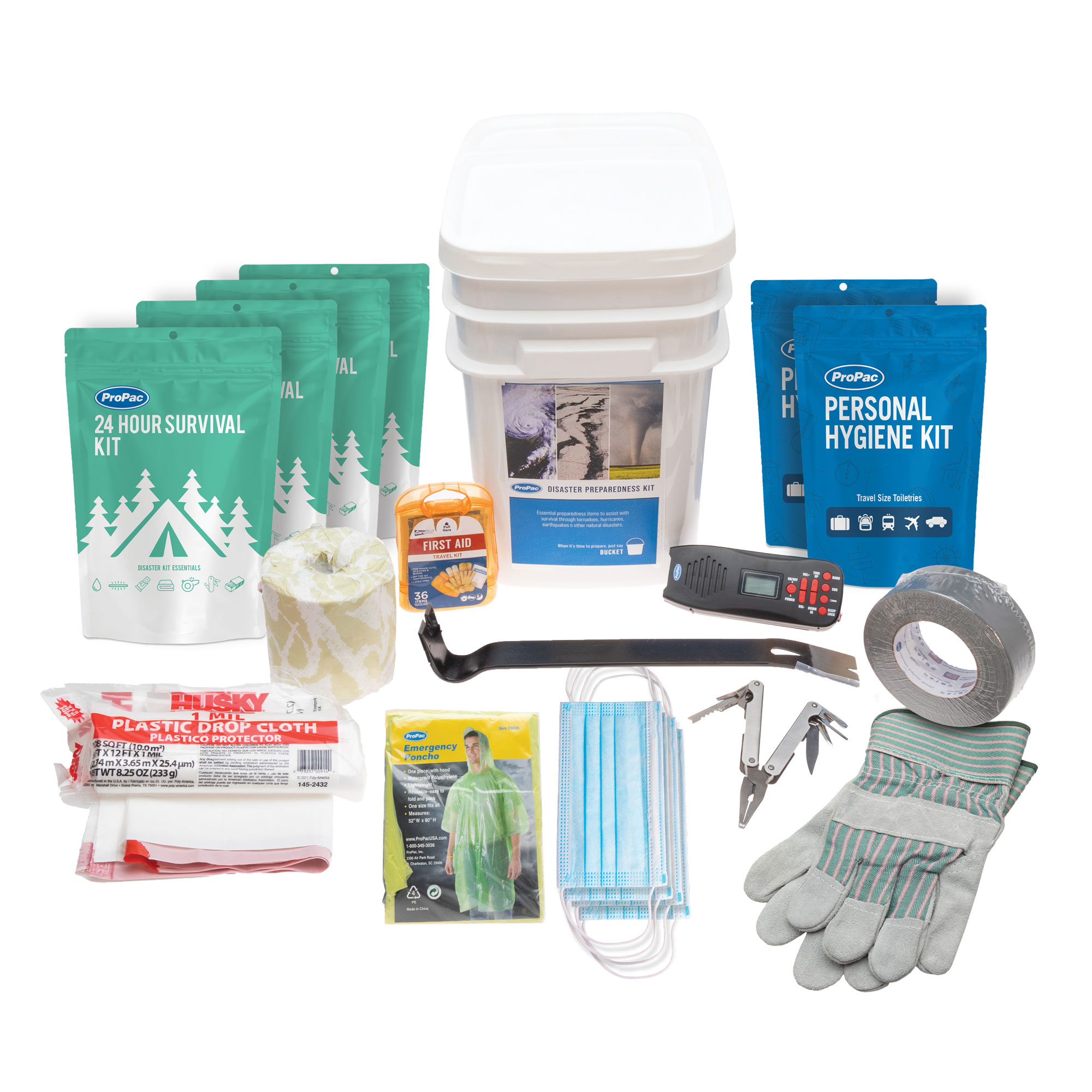
Responder Go-Bag Kit
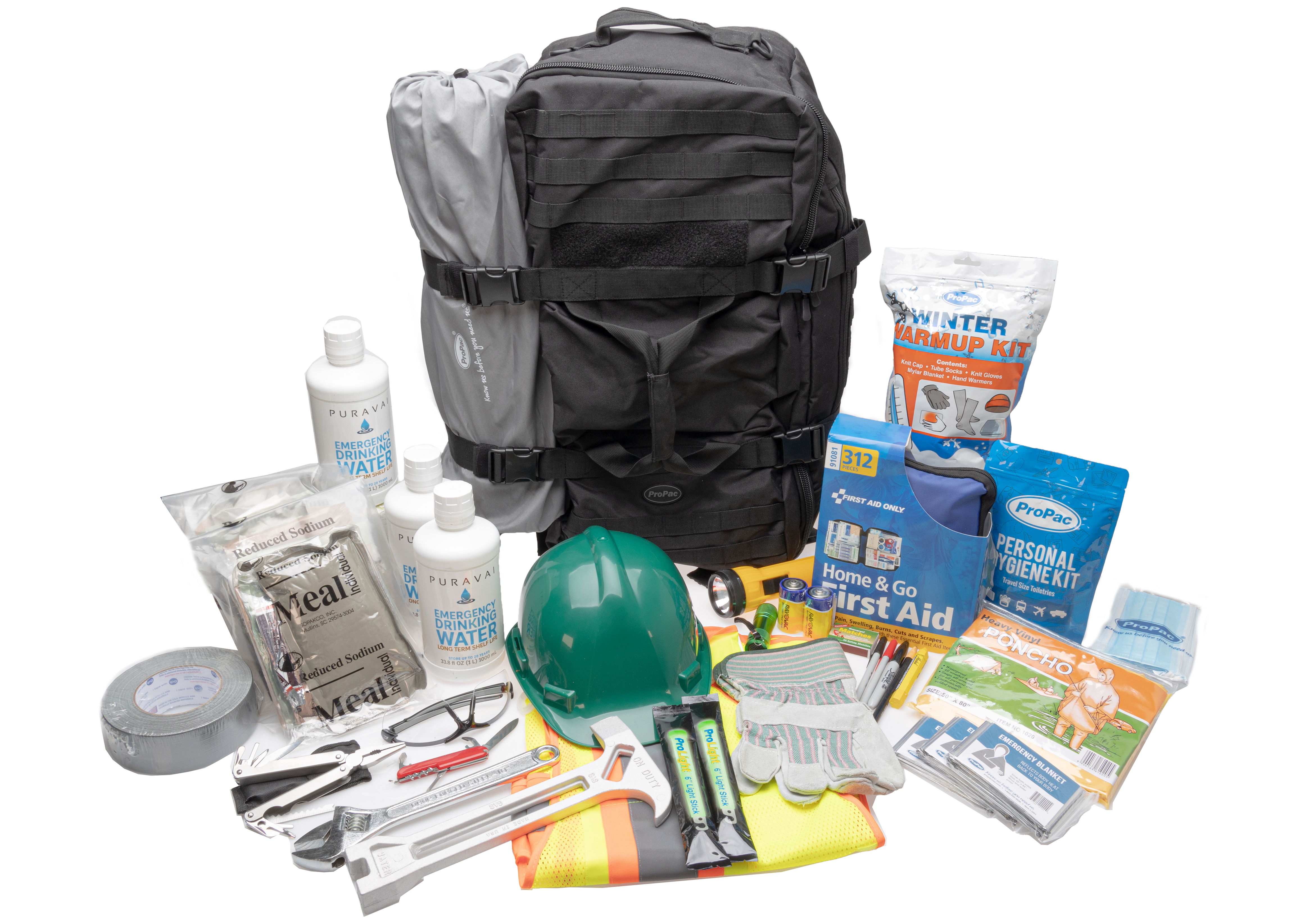
Auto Safety Stand Up Pouch Kit
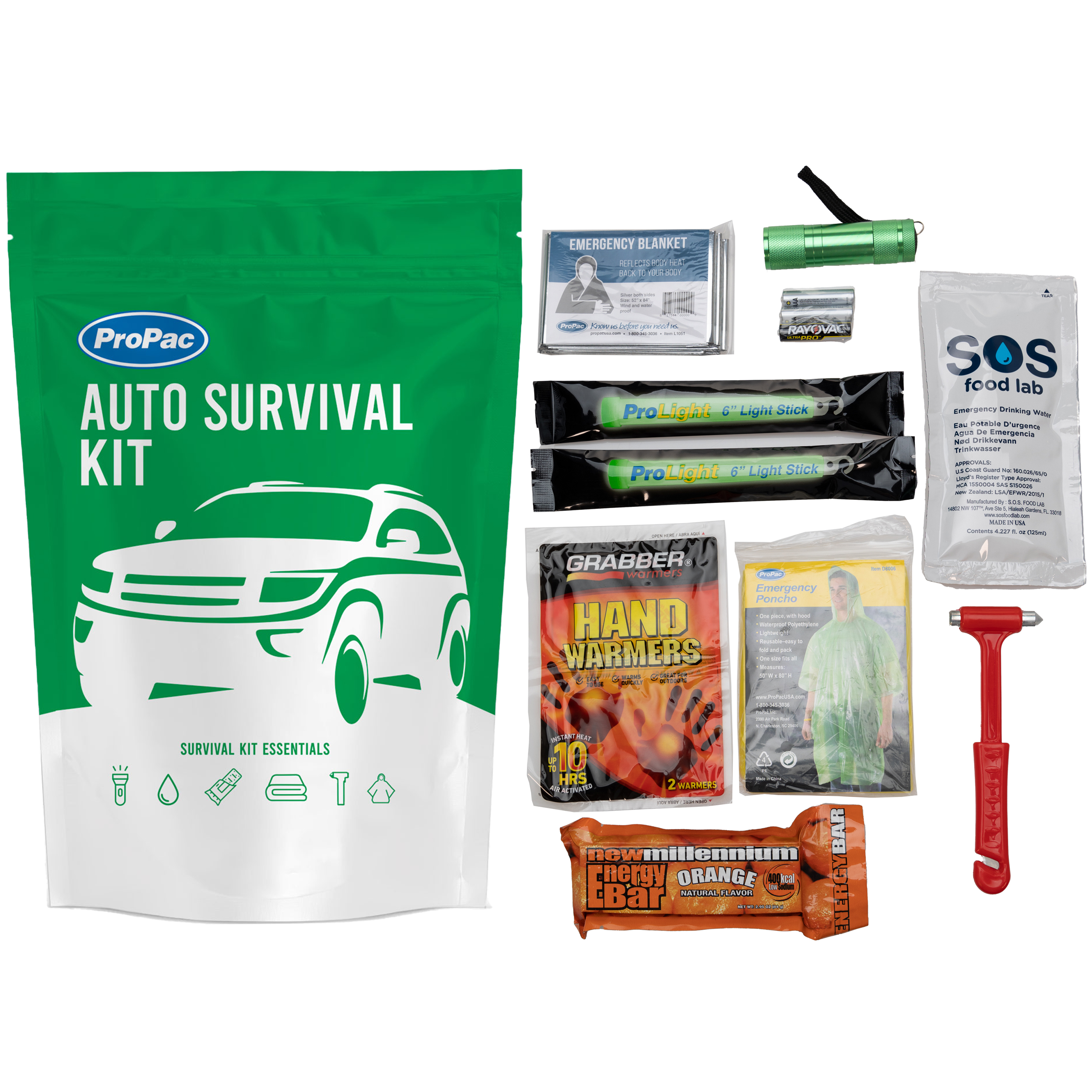
Disaster Preparedness Backpack Kit
